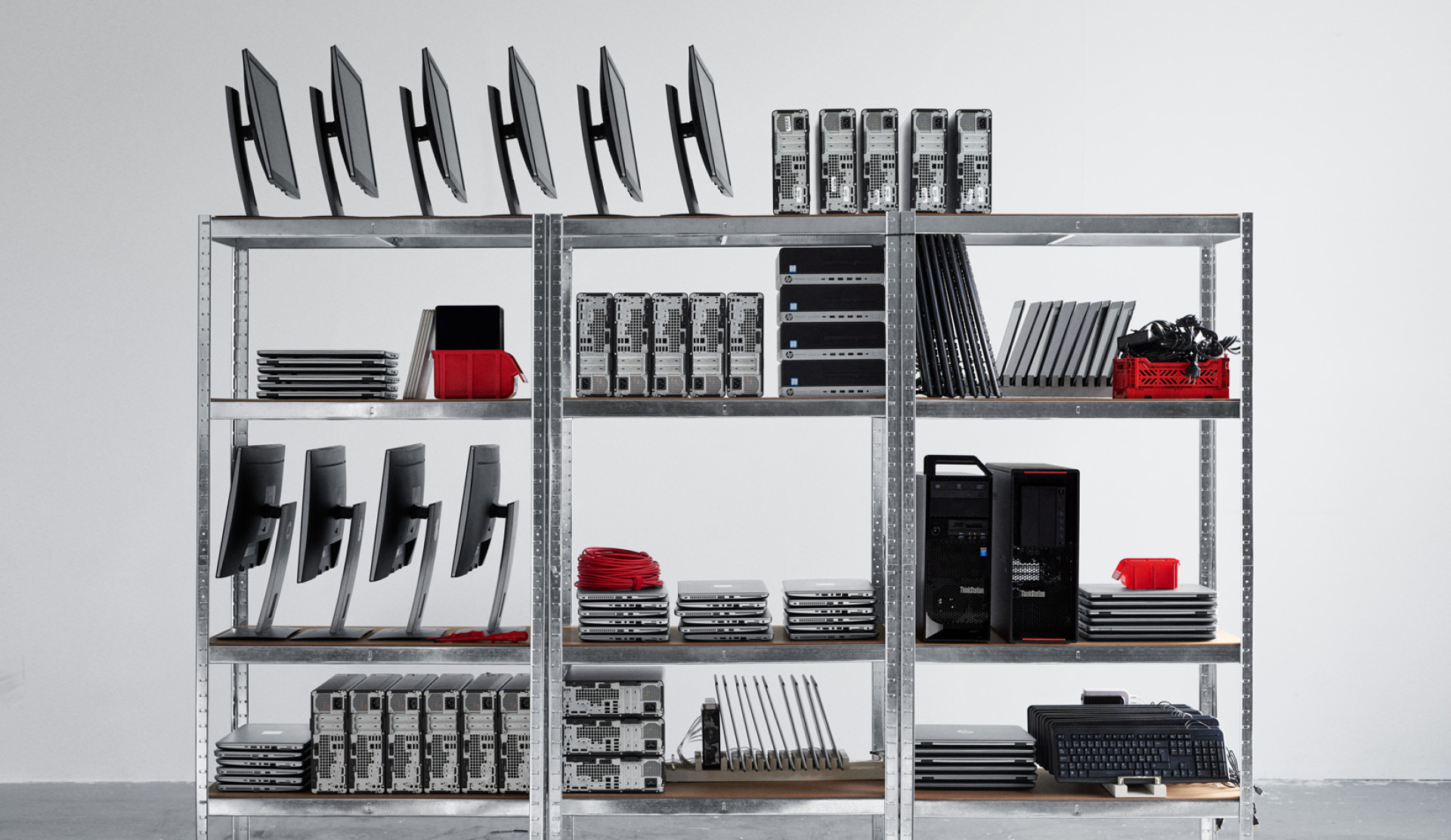Telia has an environmental policy that permeates the entire organization. They are aiming to move up the zero waste hierarchy and have set clear milestones to achieve this. The goal is for the organisation to have absolute no waste material at all. Sara Nordbrand, Head of Group Sustainability, tells us more about how Telia is working to achieve their goals.
Telia digitally connects people across borders and continents, making it easy for us to talk to each other, listen, read and interact. The opportunities that digitalization has given us are amazing in many ways, not least we have seen its power in this year of pandemics, isolation and teleworking. However, the downside of our way of life is the impact on the environment and society, which has inevitably become an important and highly topical issue.
The journey towards zero waste began several years ago when life cycle management was put in place for internal IT equipment at Telia. The equipment is sent for reuse to Inrego, among others. Telia has since taken this approach to its customers, who are also given the opportunity to extend the life of their used IT equipment. Telia sees "product as a service" and the reuse of, for example, mobile phones and routers as key elements in their contribution to the circular economy.
- We want to help our customers reduce their environmental and climate footprint, says Sara Nordbrand. Collaboration is a key word in achieving a circular economy - no one will get there alone. Together, we need to create a shift to steer the trend in the right direction towards a more sustainable digital world.
Telia's journey to zero waste has faced some obstacles, as it often does on a journey with lofty goals. A major challenge is to get back the products that are out there and no longer in use. Statistics show that many households have phones lying in drawers, for example, and that organisations stockpile large quantities of IT products when they update employees' computers and phones.
- Getting the products back is one of the biggest difficulties with reuse, says Sara Nordbrand. Only when we can ensure that we get the products back can we start reusing on a larger scale. We also need to make reusable products more desirable and at the same time engage our customers so that they want to be part of this circular journey.

